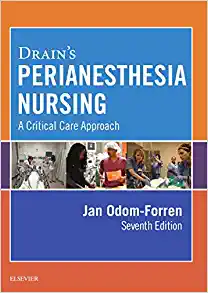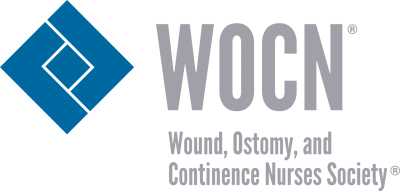 The 7th edition of Drain’s PeriAnesthesia Nursing, A Critical Care Approach is now available electronically via the MSK Library. This comprehensive clinical text has five distinct sections ― covering the PACU, anatomy and physiology, pharmacology, nursing care, and special considerations.
The 7th edition of Drain’s PeriAnesthesia Nursing, A Critical Care Approach is now available electronically via the MSK Library. This comprehensive clinical text has five distinct sections ― covering the PACU, anatomy and physiology, pharmacology, nursing care, and special considerations.
Updated content in this edition includes the latest standards, policies and issues affecting perianesthesia nursing practice such as patient safety, infection control, managed care implications, pain management, bioterrorism, new sedation and pain guidelines, new information on older patients, implications of new surgical techniques, and more bariatric implications.
 The MSK Library has recently added 3 new titles from the Wound, Ostomy, and Continence Nurses Society Core Curriculum series. They are the 2nd editions of
The MSK Library has recently added 3 new titles from the Wound, Ostomy, and Continence Nurses Society Core Curriculum series. They are the 2nd editions of